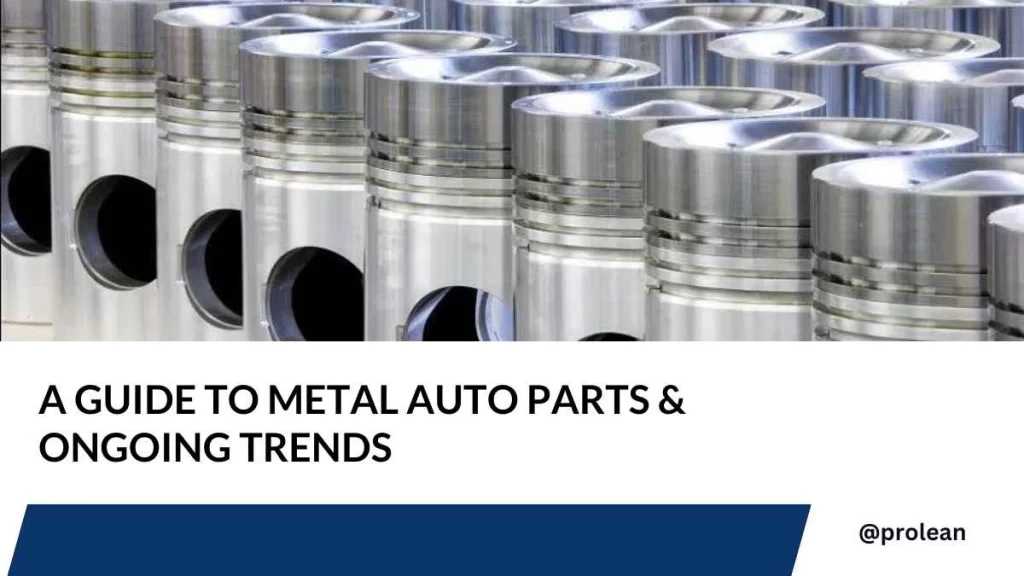
Metal auto parts production incorporates the application of assorted metals to produce resilient and effective car parts. Each metal is selected for its peculiar characteristics that are suitable for particular use in car manufacturing. The materials used to construct a car model determine its efficiency, safety, and overall lifespan.
Besides, metals are key to making different types of automobile parts, and they define optimal functionality. This guide describes how metals add value to vehicle parts and why they continue to be the go-to material choice for manufacturing different types of car parts.
Why Are Auto Car Parts Made of Metals?
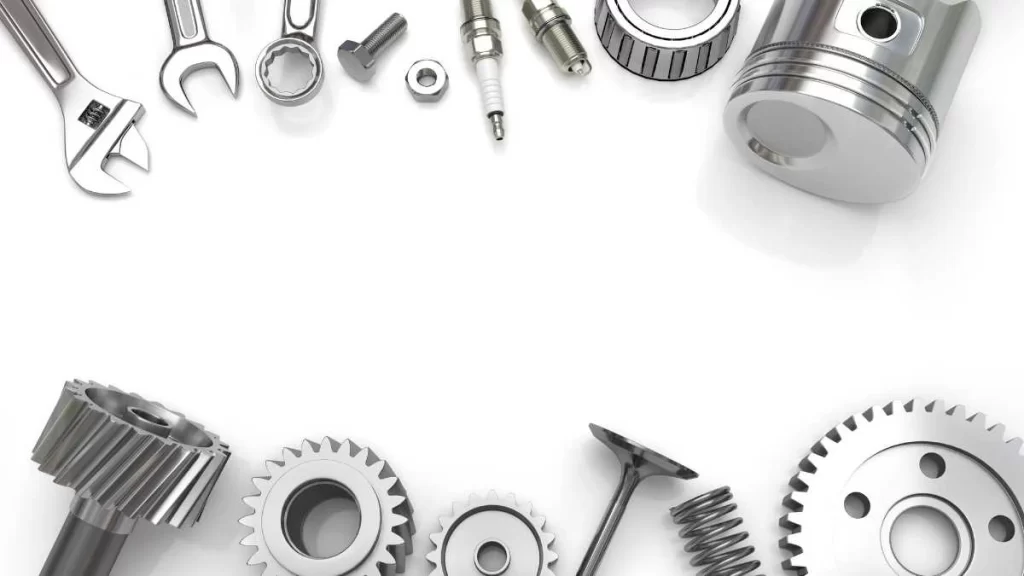
Metal Parts For Automobile
In the automotive sector, most of the parts are made of high-strength metals. Metals are resilient enough to withstand tough conditions and stay firm. Besides, they are easier to machine through cnc precision machining and offer cost savings at higher scale productions.
At Prolean Tech, we offer our customers a variety of options to choose from. In general, we accommodate our customers by providing 50+ material varieties including plastics, metals, and composites to meet their personalized demands.
Let’s talk about further, how metals are regarded as the optimal choice for manufacturing different parts of automobiles.
Metals Provides Durable & Resilient Auto Parts
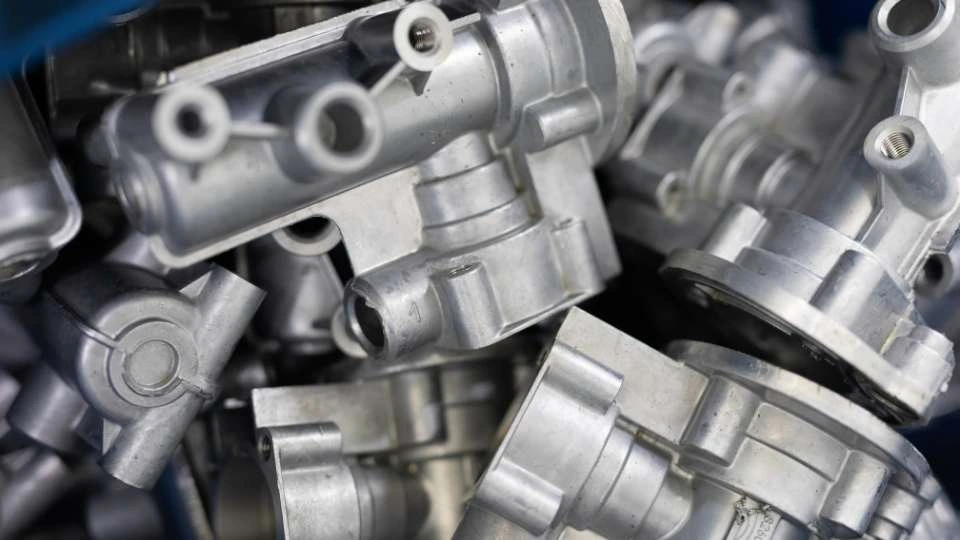
Metal Car Engine Parts
In general, steel and aluminum are heavily used in auto parts for their high strength and durability. These types of car parts can withstand high pressures and harsh chemicals. Their characteristics are well-suited for the car body and engine components’ durability. Moreover, metal does not wear out quickly since they are primarily built for long service life.
Metals Are Optimal for Automobile Engine Functionality
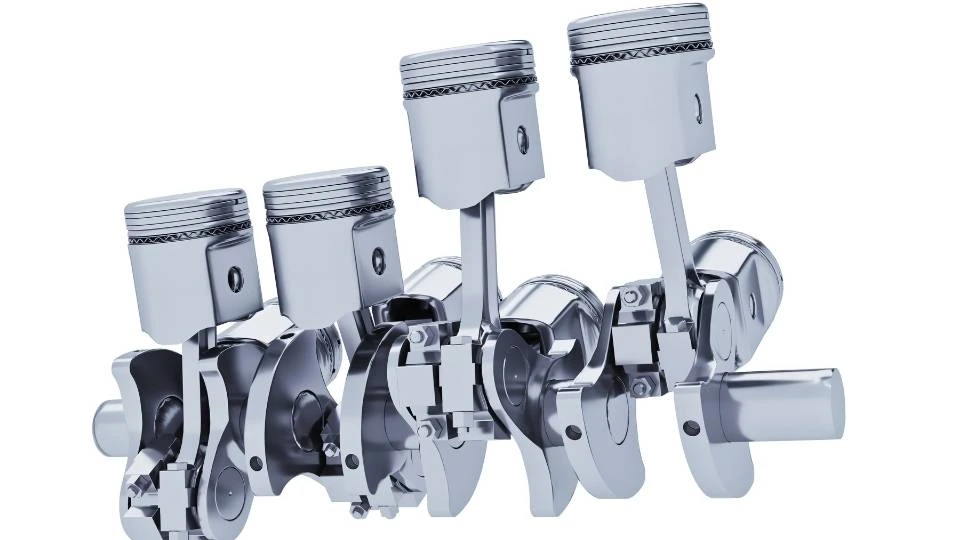
Metal Car Suspension Component
Metals are good conductors of electricity and dissipate heat. In automotive radiators and exhaust systems usually, components are made of metal to endure high thermal, and pressure to prevent deformation and add stability.
Metal Allows Manufacturing Ease For Complex Parts
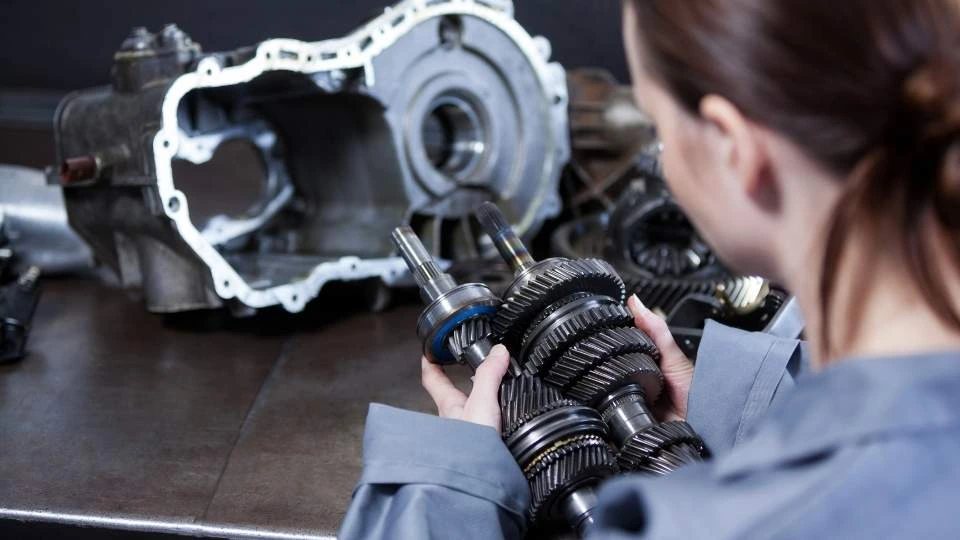
Metal Auto Car Shaft with gear assembly
The different parts of automobiles often involve critical design features that increase the extent of product functionality. Metals encompass good formability, which is necessary for the manufacturing of automobile parts like brake parts, fuel injectors, and suspension systems.
Additionally, the flexibility of metals can enable designers to come up with rich, complex designs and accurate specifications.
Get more valuable insights on CNC Machining Cost-Saving Tips.
Metal Accommodates Economical Production for Large Quantities
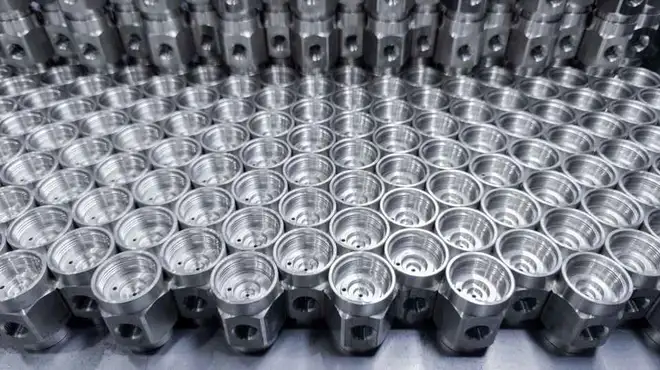
Large Volume Automotive Parts
Tooling for metal parts production is relatively more affordable than plastics. Since the production process does not need to use many specialized tools. In general, steel, aluminum, and iron toolings are employed because they are relatively cheap and handle with ease. This allows manufacturers to produce vehicles at a lower cost. As a result, their production expenses stay low.
Try Prolean Now!
Metals Are Easy to Maintain and Highly Corrosion Resistive When with Proper Coating and Alloyed
Metals used in automotive parts are often treated with coatings (e.g., galvanization) or alloyed (e.g., stainless steel, aluminum alloys) to resist corrosion from fuels, oils, and chemicals
Advanced lightweight Yet Strong Materials
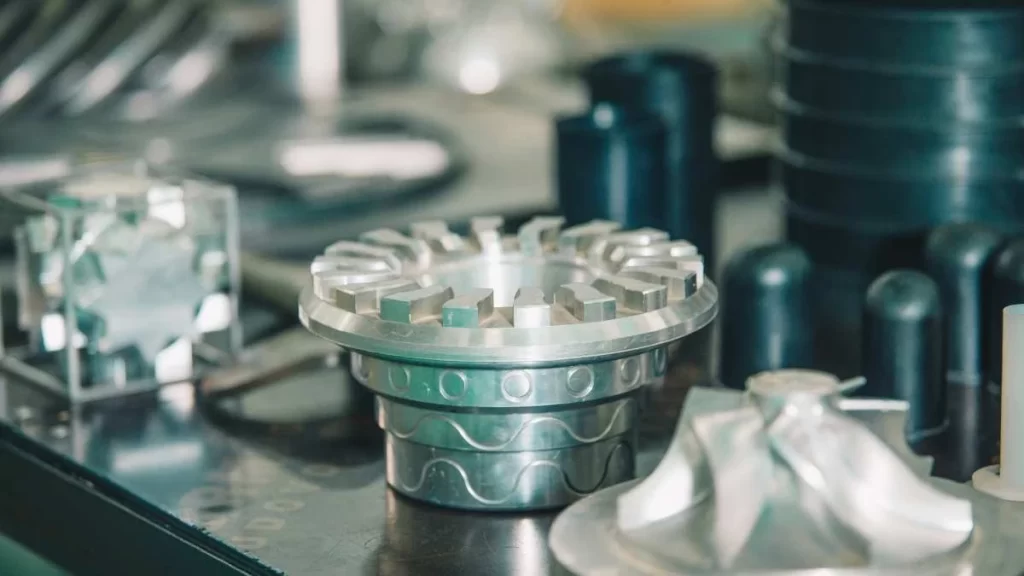
Automotive Machined Prototype
However, aluminum and advanced steel alloys are light in weight but they are highly strong. These materials improve fuel consumption on vehicles while at the same time not threatening their safety. Lower weights of these parts make the car lighter and, in turn, improve handling, acceleration, and braking.
Environmentally Friendly Recycling Options
Aluminum and steel are recyclable materials up to 100%. So, it helps the automotive industry to reduce waste and adopt sustainable practices in its production processes. Recycled metals are just as strong as new advanced metals, so they’re excellent for forming new parts without having to mine for more resources.
Metals Commonly Used in Manufacturing Automobile Parts
Many metals are used in the automotive industry to manufacture durable, quality, and affordable parts. These metals needed to be strong enough, corrosion resistive, and relatively reasonable to promote wide use within the automotive industry. The choice of steel car parts is significant for safety, efficiency, and overall vehicle durability.
At ProleanTech, we pride ourselves on providing custom-made quality auto car parts, conforming to standard SOPs, and Certifications. Whether you need camshafts parts or suspension system components, we have the right facility to accommodate you, so feel free to contact us for any information related.
Let’s take a closer look at the four most popular metals used in automotive manufacturing, their characteristics, and the metal auto parts they commonly make.
Aluminum Automotive Components
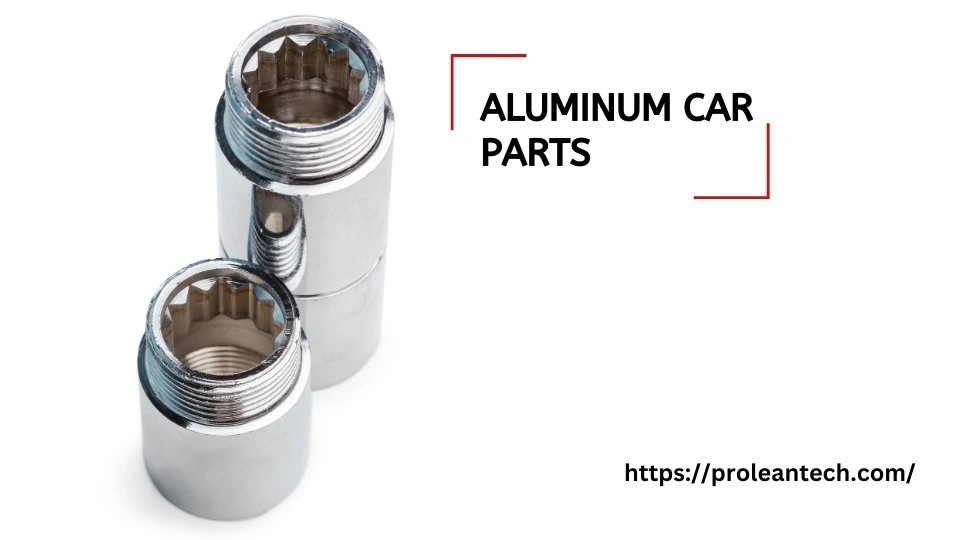
Aluminum Car Parts
Aluminum auto parts are broadly used in automobiles. It is light in weight and does not corrode easily making it right for several parts. Coveted uses aluminum in the fabrication of engine blocks, wheels, transmission housings, suspension systems as well as body panels.
Additionally, it works as a heat shield in the headlights and tail lights. Automakers mostly apply aluminum by blending it with other metals to obtain combined characteristics. A few examples of aluminum automotive components include wheels, engine mounts, and housings, soft aluminum alloy is used while harder aluminum alloys are used in the structural components such as chassis frames.
Moreover, aluminum improves fuel efficiency and vehicle maneuverability by reducing the load that a typical vehicle carries, specifically by replacing steel.
Steel for Auto Parts
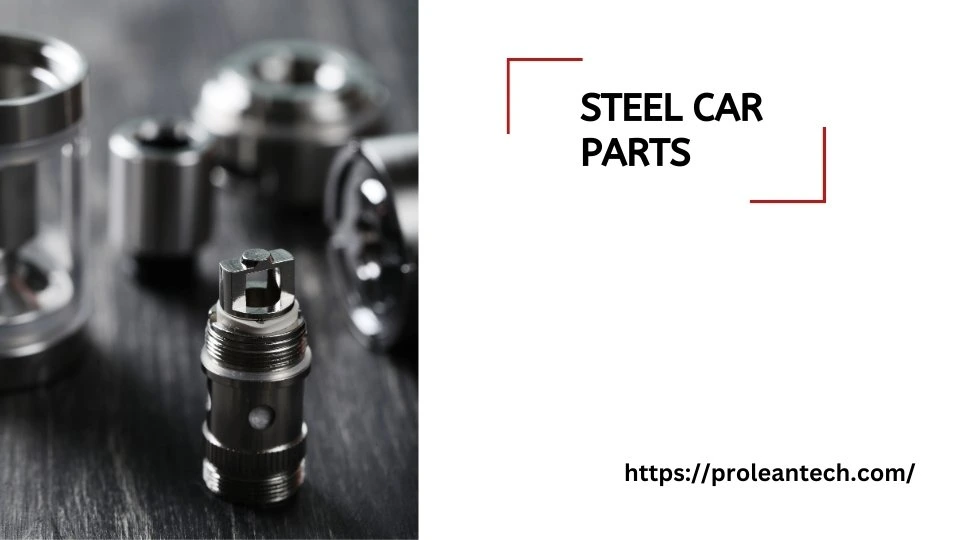
Steel Car Parts
The automotive industry is one of the greatest consumers of steel, as it is recognized as an adaptable metal in the world. It is well known for its hardness, so it is mainly incorporated in bodywork and suspension and occasionally in safety aspects like the roll bars. Engineers are also free to choose varieties of steel grades that best suit the needs of different auto car parts.
In general, high-strength and low alloys are employed for steel car parts exteriors, and advanced high-strength steel for suspension system components. UHSSs are used either in roll cages or crash-resistant structures to provide safety.
Titanium Car Parts
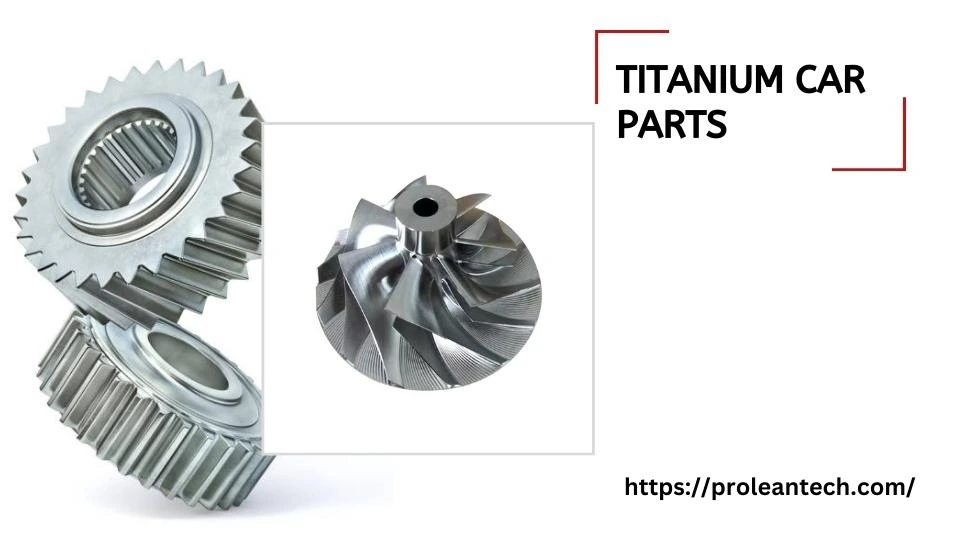
Titanium Car Parts
Titanium parts are reserved for extreme-performance applications (e.g., aerospace or Formula 1) due to prohibitive costs
Iron for Auto Parts
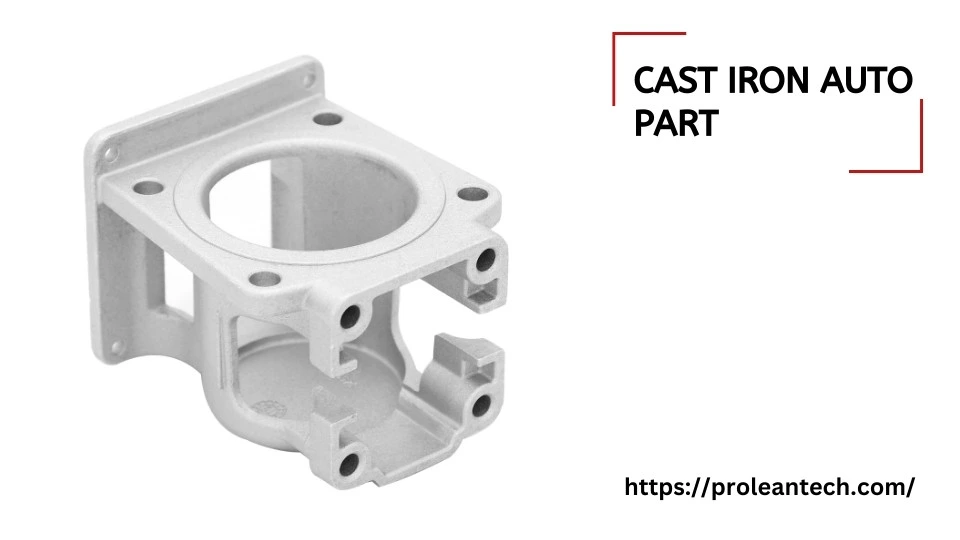
Cast Iron Auto Parts
Iron alloys continue to be among the used metals in automobiles. It is comparatively the least expensive. It is used in various auto car products, including engines, frames, axles, wheels, and more. Iron’s flexibility and malleability make it a reliable and affordable choice for constructing auto parts.
Iron is normally alloyed with metals like nickel, zinc, or copper to improve its characteristics. These alloys improve the part’s corrosion and strength. Valves, cylinder heads, crankshafts, and connecting rods, for instance, employ iron alloy to maximize component strength and cost reduction.
Magnesium for Auto Parts
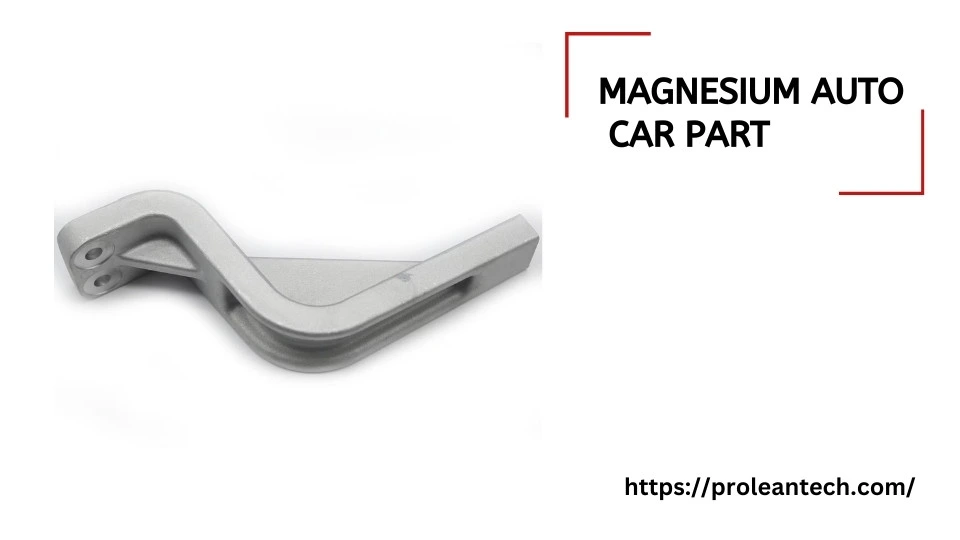
Magnesium Auto Car Part
Magnesium use is minimal in auto car parts compared to aluminum or steel. Because it is more expensive and difficult to fabricate. Magnesium alloys are limited to niche applications (e.g., high-performance vehicle components) due to flammability risks and high costs. Examples include engine brackets in select sports cars.
Copper Car Parts
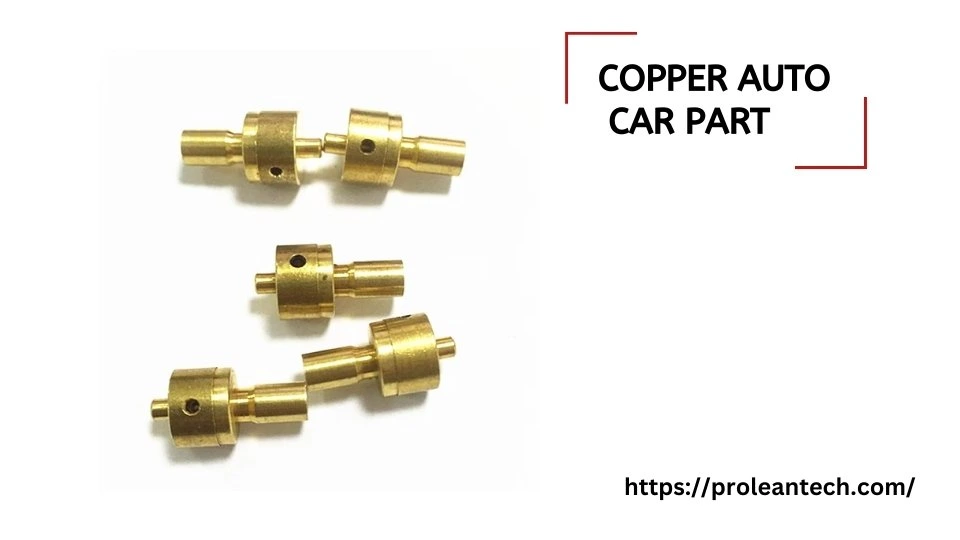
Copper Auto Car Part
Copper offers desirable properties for parts that need to entail good electricity and heat stability. It is normally applied in wiring, electrical parts, and for cooling of automobile engines. Copper car parts are produced by combining with zinc, nickel, and silver to improve their strength and resistance to corrosion.
Copper is primarily used in electrical components (e.g., wiring) and heat exchangers (e.g., radiators).
Try Prolean Now!
CNC Techniques For Manufacturing Automotive Parts
The automotive sheet metal forming helps to transform thin metal into desirable auto parts. Let’s discuss the peculiar techniques applied in the automotive sheet metal fabrication process.
CNC Cutting Techniques for Automotive Sheet Parts
Cutting is a fundamental step in sheet metal working, where large sheets are separated into shorter pieces in various sizes. Laser cutting, plasma cutting, shearing, and other processes are used to construct automobile parts which are demanded in the automotive industry.
CNC Automotive Laser Cutting
Laser cutting is often utilized due to process effectiveness and the accuracy and cleanness of the edges. It involves the use of a finely pointed laser to melt/vaporize the metal by cutting it accurately.
The use of CNC (Computer Numerical Control) further increases the accuracy of laser cutting and allows it to be applied for the development of detailed geometries. Laser cutting is suitable for the production of auto parts such as body panels, engine parts, and detailed trims.
Automotive Plasma Cutting
In plasma cutting, the electromagnetic force uses a high-velocity ionized gas stream to melt the metal and simultaneously blow it away. Particularly, it is useful for operations using thicker sheet stock.
Heavy industry parts like frames and structural supports of automobile manufacturers are other typical applications of plasma cutting. The technique’s ability to accommodate thick sheets ensures durability and strength suitable for highly rigorous use.
Shearing
Shearing utilizes a mechanical shearer to exert considerable downward pressure on the sheet metal for making a straight cut. It is less accurate than laser or plasma cutting but is adequate for most applications or its economy.
Shearing is cost-effective for simple parts but requires secondary processes (e.g., deburring) to improve edge quality
If you need a professional, from a reliable source, contact us right away for a consultation!
Different Metal Fabrication Processes for Automotive Industry
- Automotive Metal Casting
- Automotive Metal Cutting
- Automotive Metal Folding
- Automotive Metal Extrusion
- Automotive Metal Stamping
- Automotive Metal Welding
For premium quality Die casting services at a reasonable cost, Contact us right away.
Future Trend: Automotive Lightweight Metal Components
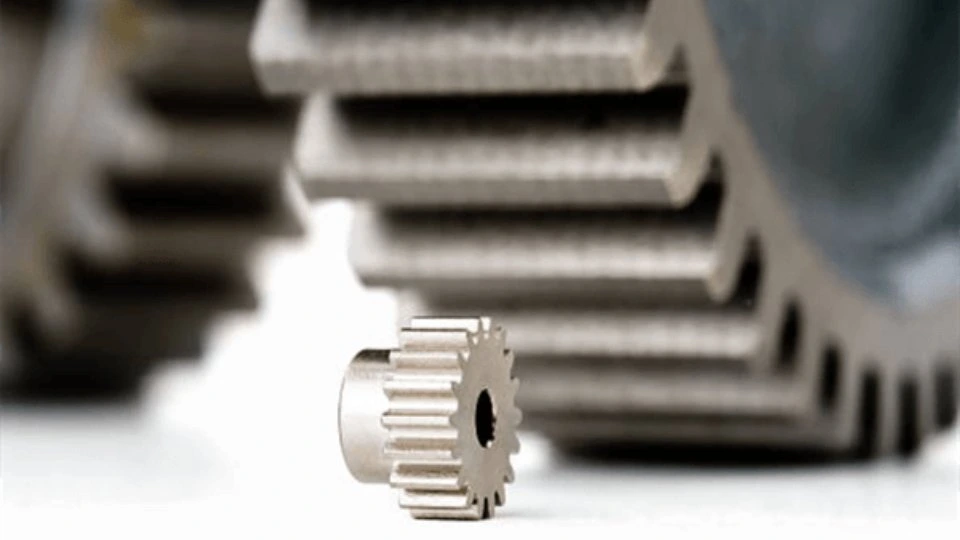
Advanced Lightweight Gear Element
Today’s automotive industry is gradually turning towards lightweight metal parts for better fuel economy and low emissions. Alloys such as aluminum and magnesium are widely used up to date, and the tendency to increase is observed.
Further, composites are emerging as the material of choice because they can offer the same strength levels and toughness as metals but with significantly low density. So, these help reduce the overall weight of the vehicle.
Some advanced composites based on carbon fiber, glass fiber, and kevlar, for example, bring more benefits over conventional metal alloys. They are also thinner, more durable, less susceptible to corrosion, and better insulating than their predecessors.
In addition, lightweight materials are especially important for electric vehicles because battery lowers their weight. Losing 10% of the vehicle’s weight can result in an impressive improvement in range and power. Therefore, it is expected that lightweight metals and composites will become popular among EV manufacturers in the near future.
Contact Prolean Tech For Premium Quality Metal Auto Parts
Prolean Tech offers high-quality custom CNC machining services
for automotive car parts to suit modern automobile requirements. Having decades of expertise in CNC machining, 3D printers, die casting, and injection molding, ProleanTech is equipped to handle the most complex requirements.
ProleanTech employs advanced technologies to guarantee that each component corresponds to strict requirements. We offer value-for-money service and deliver your orders within the shortest time possible while maintaining the quality of your automotive parts.
Contact us and get a quote if you are looking for the best solutions for lightweight automotive manufacturing.
FAQ’s
Q1. What do car engineers use to build the parts?
Auto parts manufacturers normally use materials like steel, aluminum, magnesium, and composites such as carbon fiber. Moreover, plastics like ABS and Delrin are also used for some specific components.
Q2. What metal are cars made of?
Steel, aluminum, and magnesium alloys are usually used in auto car parts. Generally, parts like chases and engine components are made of steel, while aluminum is used for lightweight auto parts.
Q3. What is steel’s use in the automotive industry?
In general, HSLA, AHSS, martensic, and ferrite are used in auto parts manufacturing. These materials fabricate car frames, body panels, suspension components, and engine parts due to their strength, durability, and affordability.
Q4. Which metals are used in automotive?
In the automotive industry, metals like steel, aluminum, magnesium, and titanium are normally used. Each metal serves a specific function depending on strength, weight, and application.
Q5. What is automotive metal?
Automotive metal is simply a metal or alloy type used frequently in the production of vehicle parts. For example, steel and aluminum metals provide lightweight and high-strength components with superior quality and performance.
Q6. What is automotive grade steel?
It is a high-strength steel(HSS) designed for durable car parts. The common types include advanced high-strength steel (AHSS) and ultra-high-strength steel (UHSS) for lightweight and safety-critical applications.
Q7. What metal is best for car bodies?
Steel and aluminum are consummate for making car interior, and exterior parts. Among both, steel provides persistence and high resistance to impacts, while aluminum gives lightweight properties for maximizing fuel efficiency.

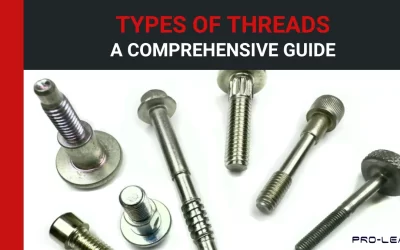
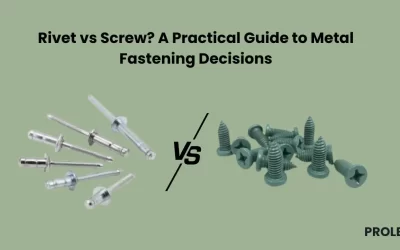
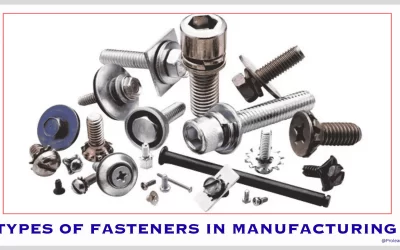
0 Comments